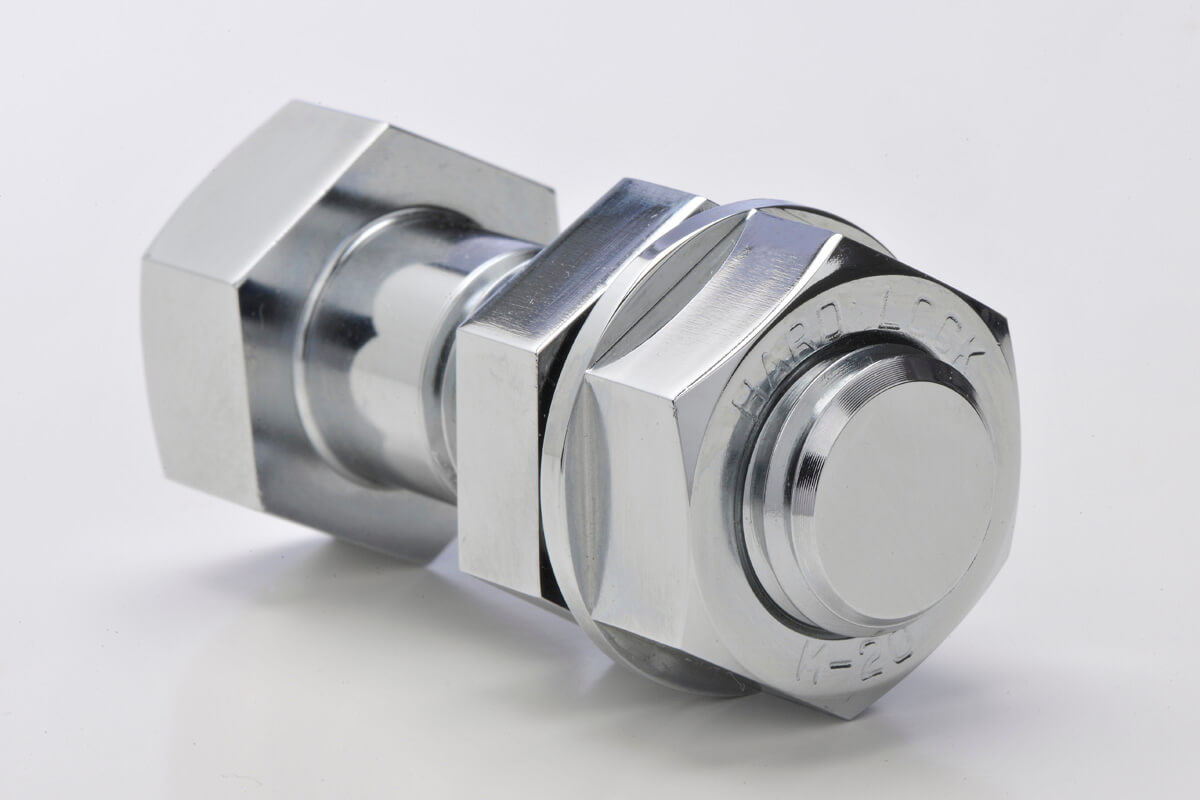Wiring Facility Inside the Wind Turbine Tower
*Some images are for illustration purposes only.
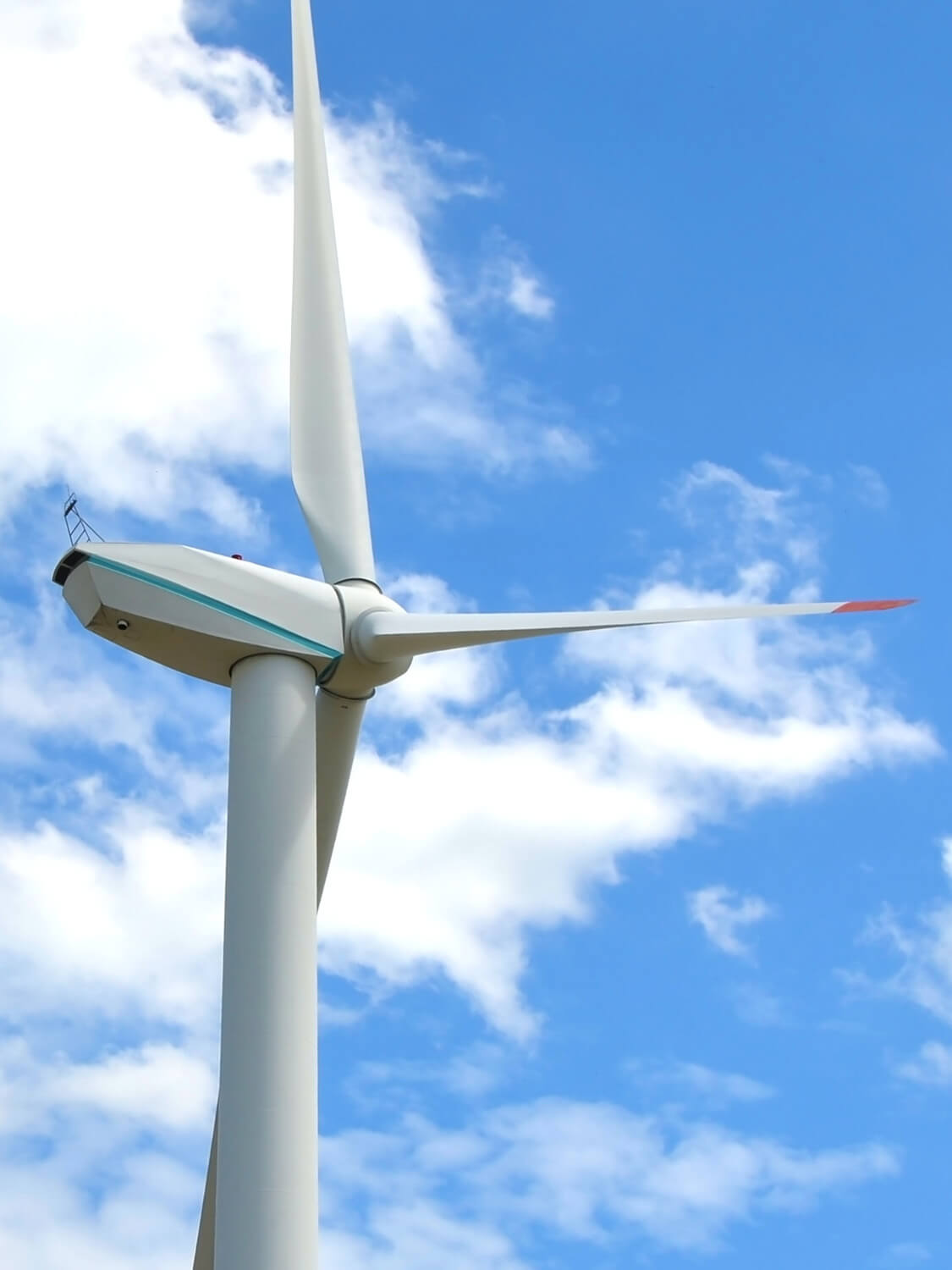
Wind energy is a vital renewable resource, with wind turbines converting kinetic energy into electricity. However, the unique operating conditions of wind turbines introduce challenges such as irregular vibrations within the tower, which can cause loosening in wiring and electrical components. Ensuring the stability of these connections is crucial for maintaining reliable energy generation.
Key Components of a Wind Turbine Tower
A wind turbine tower houses essential components that ensure efficient energy generation and structural stability. Understanding these key elements is crucial for maintaining performance and safety in wind power systems.
- Tower Structure
The tower provides the necessary height for the turbine blades to capture optimal wind energy. It is typically made of steel or concrete and must withstand strong winds, vibrations, and environmental stresses. The height of the tower varies based on wind conditions and power generation capacity, with modern turbines often reaching 80 to 160 meters. - Nacelle
Located at the top of the tower, the nacelle houses critical components such as the gearbox, generator, braking system, and yaw mechanism. It plays a key role in converting kinetic energy from rotating blades into electrical power. The nacelle also rotates to adjust to wind direction, optimizing energy production. - Wiring & Electrical System
Electrical wiring runs inside the tower, connecting the generator to transformers and power transmission systems. Proper fastening of cables and electrical components is essential to prevent loosening due to vibrations and wind-induced forces, ensuring continuous and efficient energy transmission. - Ladder & Service Platforms
To facilitate maintenance and inspections, wind turbine towers are equipped with internal ladders, service platforms, and sometimes elevators. These structures allow technicians to access critical internal components safely and efficiently, reducing downtime for repairs. - Foundation & Support Structure
The foundation secures the entire wind turbine to the ground, ensuring stability against high winds, rotor movement, and operational vibrations. Onshore turbines typically use gravity-based foundations, while offshore installations rely on monopile or floating structures. A well-engineered foundation minimizes movement and enhances the longevity and reliability of the turbine.
Challenges in Wind Turbine Wiring Fastening
The dynamic environment inside a wind turbine tower presents several fastening challenges:
- Irregular Vibrations: The rotation of the blades and generator produces continuous vibrations, potentially loosening electrical wiring fastenings.
- Extreme Weather Conditions: Wind turbines must endure strong winds, storms, and typhoons, increasing the risk of mechanical instability.
- Maintenance Complexity: Regular inspections and re-tightening of fasteners in hard-to-reach areas elevate maintenance time and costs.
Benefits of Using HARDLOCK Nut in Wind Turbines
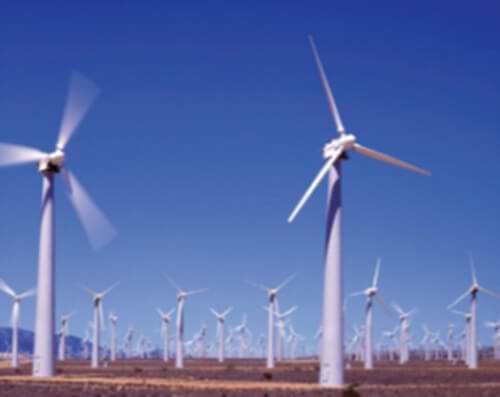
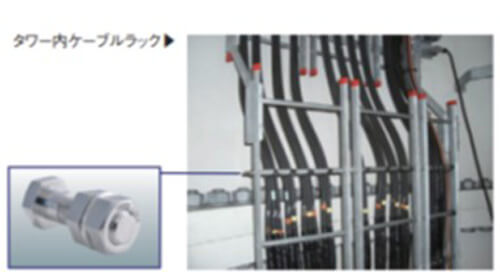
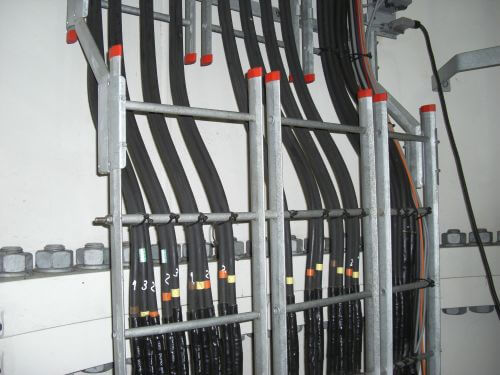
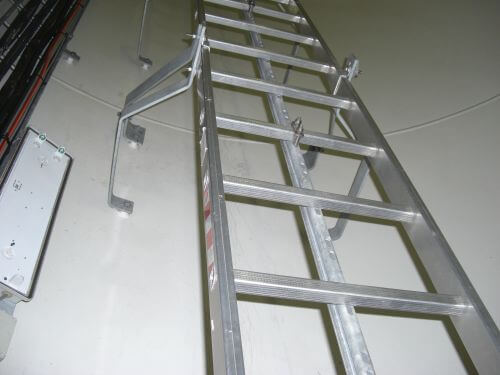
HARDLOCK Nut offers a superior fastening solution for wind turbine wiring facilities, ensuring long-term stability and efficiency. Key advantages include:
- Enhanced Stability: Effectively prevents loosening caused by constant vibrations, securing electrical components.
- Reduced Maintenance Requirements: Extends maintenance cycles, minimizing the need for frequent inspections and repairs.
- Lower Operational Costs: Reduces overall maintenance expenses by preventing fastening failures.
- Improved Energy Output: Ensures uninterrupted turbine operation by securing critical components, enhancing power generation efficiency.
Conclusion: Strengthening Renewable Energy Infrastructure
As wind energy continues to grow, securing wind turbine wiring facilities against vibrations and harsh weather conditions is essential for efficiency and reliability. HARDLOCK Nut provides an industry-leading fastening solution that enhances safety, reduces maintenance costs, and supports uninterrupted renewable energy production.
Looking for a fastening solution to improve wind turbine reliability? Contact us today to learn how HARDLOCK Nut can optimize your renewable energy operations.
